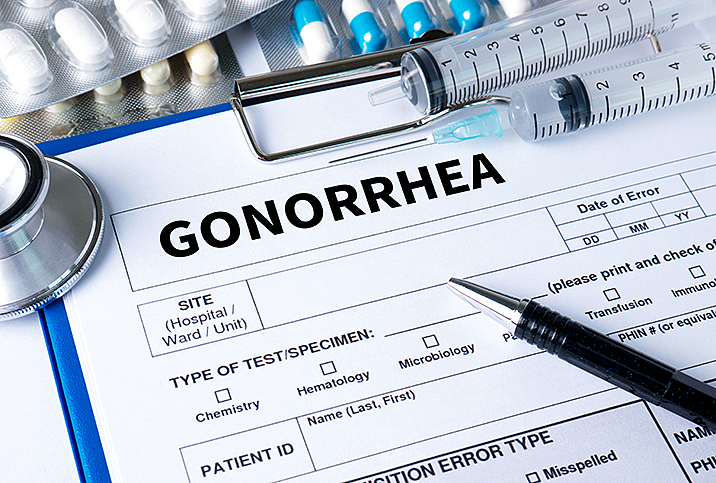Pregnancy and Gonorrhea Don't Mix: Get Treated and Keep Your Baby Safe

Caused by the bacteria Neisseria gonorrhoeae, gonorrhea is a sexually transmitted disease (STD) that affects both men and women, and it appears most commonly in the urethra, the rectum, the throat or the cervix after vaginal, anal or oral sex. Some women present no symptoms. Others experience myriad unpleasant ones: painful urination, increased vaginal discharge, abnormal vaginal bleeding, discharge or bleeding from the rectum and abdominal or pelvic pain. Sexually active women under 25 are particularly susceptible.
Risks posed by gonorrhea
Untreated gonorrhea poses serious risks to women. It can spread to other parts of the body, including joints, and cause a condition called septic arthritis. It also heightens one's susceptibility to HIV and can lead to pelvic inflammatory disease (PID), which may cause infertility. More directly, the infection itself increases the risk of pregnancy complications including miscarriage, premature birth and ectopic or tubal pregnancy.
Pregnant women with gonorrhea are at increased risk for premature birth, as well as miscarriage, chorioamnionitis (infection of the membranes and amniotic fluid around the baby), premature rupture of membranes and having a baby with low birth weight.
Importantly, if a mother has gonorrhea, her baby may be exposed to and infected with it during childbirth. Newborns who contract gonorrhea can develop scalp sores, upper respiratory infections, urethritis, vaginitis, arthritis, inflammation of nervous tissues and even eye damage or blindness if they go untreated. Symptoms typically appear within two to five days after birth. To protect her child, it’s critical that any pregnant woman obtain an early diagnosis (via a urine test or a swab) and appropriate treatment.
Treatment for pregnant women
The standard treatment for gonorrhea in pregnant women is an intramuscular injection of an antibiotic called ceftriaxone, which is safe to take during pregnancy, though another antibiotic called cefixime may be given orally as an alternative. If a woman tests positive for any other STD (some can occur in tandem with gonorrhea), she can be treated for it at the same time. An infected infant can be treated with erythromycin or, if it is unavailable, ceftriaxone or cefotaxime.
After a woman undergoes a course of antibiotics, symptoms should clear up within a week. It is recommended to abstain from any sexual contact until the partner is treated and the woman has a negative follow-up culture. Be sure not to have sex with an infected partner if they haven’t received treatment.
Co-occurring diseases
Gonorrhea increases the risk for a number of sexually transmitted infections (STIs) and STDs, including HIV. It also commonly appears alongside chlamydia, so if you test positive for one of the two, make sure you’re tested for the other as well. Most doctors or clinics will usually treat a woman for chlamydia if she is already receiving treatment for gonorrhea.
Both chlamydia and HIV infections in pregnant women can place a newborn at risk. Untreated chlamydia can cause preterm labor and the baby to suffer from low birth weight. A newborn who is infected with it can develop eye and lung infections. Although largely preventable, HIV can pass from mother to child during pregnancy, labor and delivery or breastfeeding.
Prevention
Women in monogamous relationships, as well as their partners, should get tested for STDs when they first learn about the pregnancy. Screening is recommended for high-risk pregnant women in early pregnancy (all pregnant women typically undergo an early screening) and in the third trimester but benefits all women and their unborn children. Gonorrhea can easily get passed back and forth between partners, so it is essential to ensure you’re both negative.
If you have multiple sexual partners or are in non-monogamous relationships, use a latex condom every time you have sex of any kind. Always change condoms if you’re moving from anal to vaginal sex or from anal or vaginal to oral. Limiting the number of partners reduces your risk. Don’t have sex with a partner who is experiencing any symptoms, and if a partner tests positive, it’s best to abstain from sex until they’ve been treated and make sure you get tested, too.
When you’re pregnant, gonorrhea and its fellow STDs pose serious risks for your baby. But with prevention, testing and prompt treatment, you can enjoy your sex life and the birth of your child without worrying about the health of your little one.


















